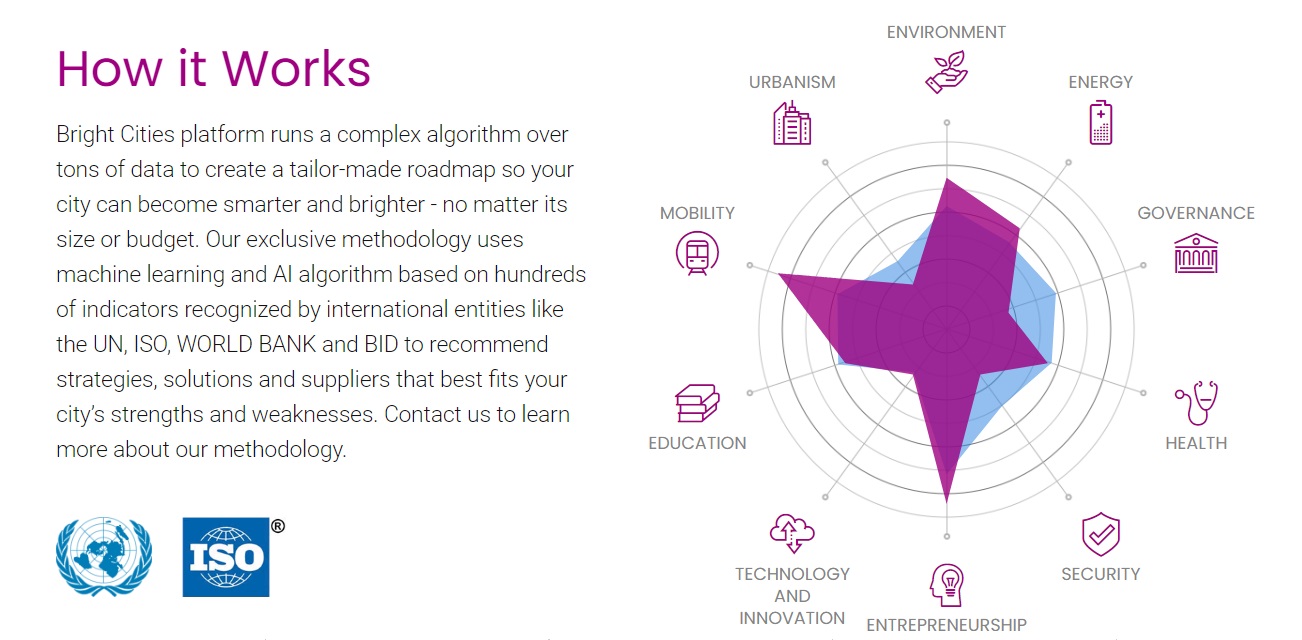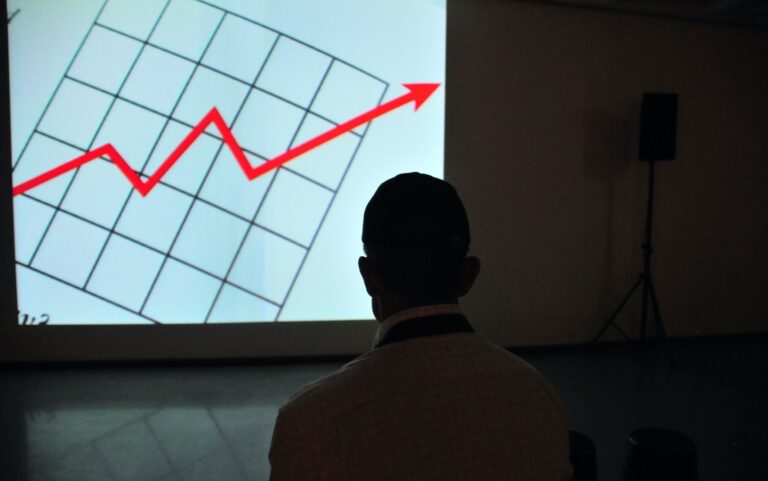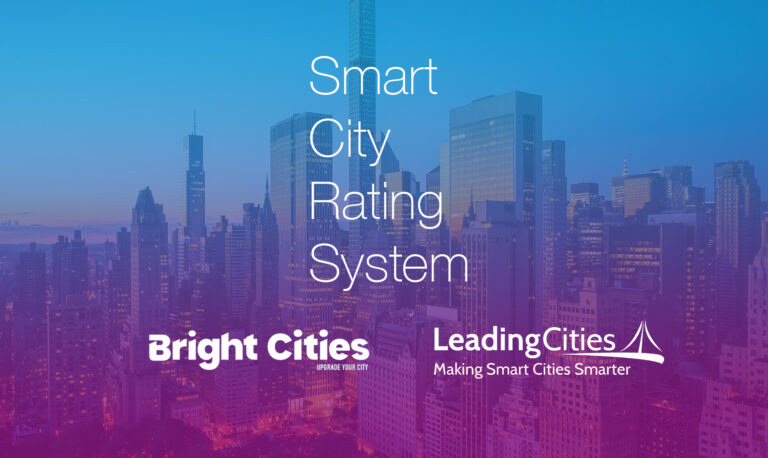Strengthen the means of implementation and revitalize the global partnership for sustainable development is the last goal of the 2030 Agenda for Sustainable Development

A global action plan like 2030 Agenda cannot be achieved without its member countries working together. In a globalized world like ours, it is in the exchange of ideas, technologies and knowledge that nations can learn and support each other in times of difficulty.
It was precisely to send a final message of cooperation that the UN defined SDG 17 – Partnerships for the Goals as the last Sustainable Development Objective, whose mission is “to strengthen the means of implementation and revitalize the global partnership for sustainable development“.
By highlighting the importance of an international alliance for the success of the 2030 Agenda, the SDG mentions the means for its implementation, that is, the mechanisms and resources that we can have at our disposal to fulfill this ambitious deal. According to the UN, especially now, with the coronavirus pandemic, “strong cooperation is needed to ensure that countries have the means to recover“, both in the area of health and the economy.
The organization also draws attention to the fact that the Official Development Assistance (ODA) is declining across countries, and that increasing levels of debt are stopping the world’s ability to achieve the Sustainable Development Goals. According to the most recent reports published:
- The United Nations Conference on Trade and Development (UNCTAD) states that the compliance with the SDGs will require about 5 to 7 trillion dollars a year from all countries;
- In 2017, Official Development Assistance reached 147.2 billion, below what was necessary;
- In 2016, only six countries met the international target of maintaining ODA aid to developing nations equal to or greater than 0.7% of their gross national income;
- The debts of developing countries remain stable, representing around 3% of export earnings;

For the UN, the achievement of the 2030 Agenda requires an integral commitment by all nations, which must start at the local level. It is based on cities and their management instruments, which represent the level of government closest to the population, that governments can build the necessary bases to fulfill the 17 goals and thus guarantee a more prosperous future for people and the planet.
This is when Smart Cities comes in: efficiency, connectivity and resilience are used in favor of the citizen. Based on impact solutions and good urban practices, these municipalities manage to optimize the use of their resources and face the most different urban challenges to guarantee more quality of life for the population, thus achieving the goals of the 2030 Agenda. When considering Goal17, smart cities:
- Favor innovative and transparent business environments, always open to the participation and contribution of the private sector;
- Maintains an open dialogue with other municipalities, being aware of what is most innovative in the market and in the world in urban solutions;
- Anticipate problems and implement the best solutions to solve them, based on regular monitoring of data and indicators;
- Encourage the dialogue and the integration of the most different areas and secretariats of public management, achieving a holistic view of the city;
Bright Cities and SDG 17
Developed to make cities smarter every day, Bright Cities platform is the easiest and fastest way to help managers achieve the goals of the 2030 Agenda.
When diagnosing a municipality, data from 160 indicators are collected and evaluated automatically by our platform to evaluate its urban performance. Ten areas are considered for this analysis: Urbanism, Environment, Energy, Governance, Health, Safety, Entrepreneurship, Technology and Innovation, Education and Mobility.

Gathered in just one place and available online, the data provide a holistic view of the city, encourage integrated actions between the different areas of municipal management and allow managers and administrators to confirm how close they are in achieving goals such as the SDG 17.
Among the indicators evaluated, some follow parameters directly aligned with its targets, such as:
- Indicator “Capital expenditures as a percentage of total expenditures”: with the data obtained, it is possible to evaluate how much a given city is investing in fixed assets, that is, investing in demands related to public services and infrastructure, as mentioned by target 17.1 of SDG 17 : “strengthen domestic resource mobilization, including through international support to developing countries, to improve domestic capacity for tax and other revenue collection“;
- Indicator “Number of Internet connections”: with the values obtained, it is possible to evaluate whether the population of a given city has access to technology and information sources, as mentioned by target 17.6 of SDG 17: “enhance North-South, South-South and triangular regional and international cooperation on and access to science, technology and innovation and enhance knowledge sharing on mutually agreed terms, including through improved coordination among existing mechanisms, in particular at the United Nations level, and through a global technology facilitation mechanism“;
Having obtained the data from these and other indicators, our platform then compares the results with other cities to draw comparisons and benchmarking cases across the globe. Currently, information from more than 30,000 municipalities worldwide are part of the Bright Cities database. By learning from cities that have already become references in the area, managers can formalize inter-municipal partnerships, share experiences and increasingly achieve the targets proposed by the SDG 17.
Based on these diagnosis, Bright Cities platform also maps the areas of public management that need improvement and develops a roadmap of solutions and good urban practices to face the identified demands. More than 1,000 initiatives for cities have already been registered in our database, consolidating a marketplace that encourages partnerships between the public and private sectors and that connects managers to the most innovative ideas available on the market.

With an exclusive methodology, Bright Cities helps cities of any size or nationality to take concrete actions towards the goals of the SDGs. To learn more about our work, check out the special content we have prepared on the platform or contact us to find out how you can make your city smarter.
Upgrade your city!





